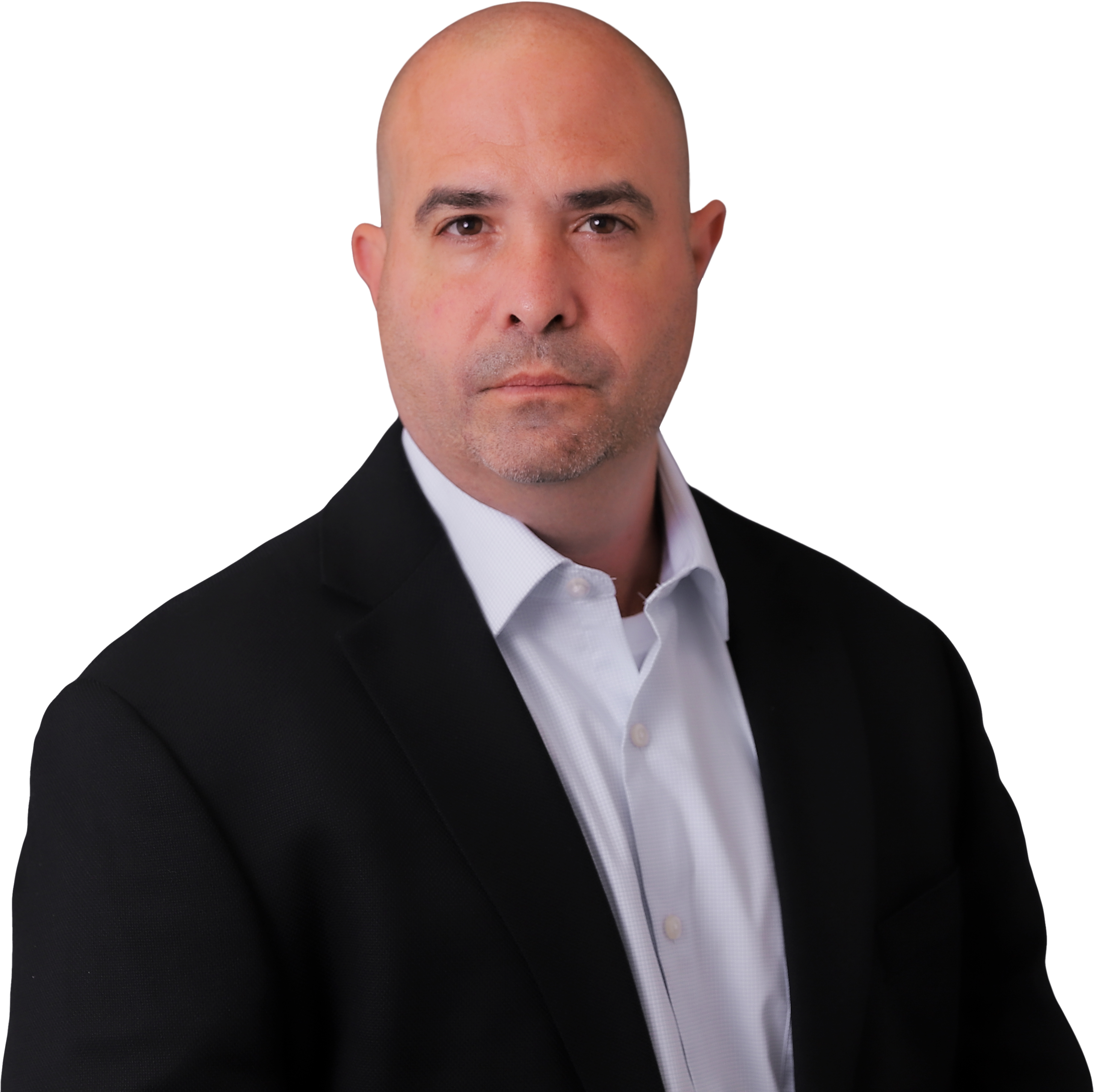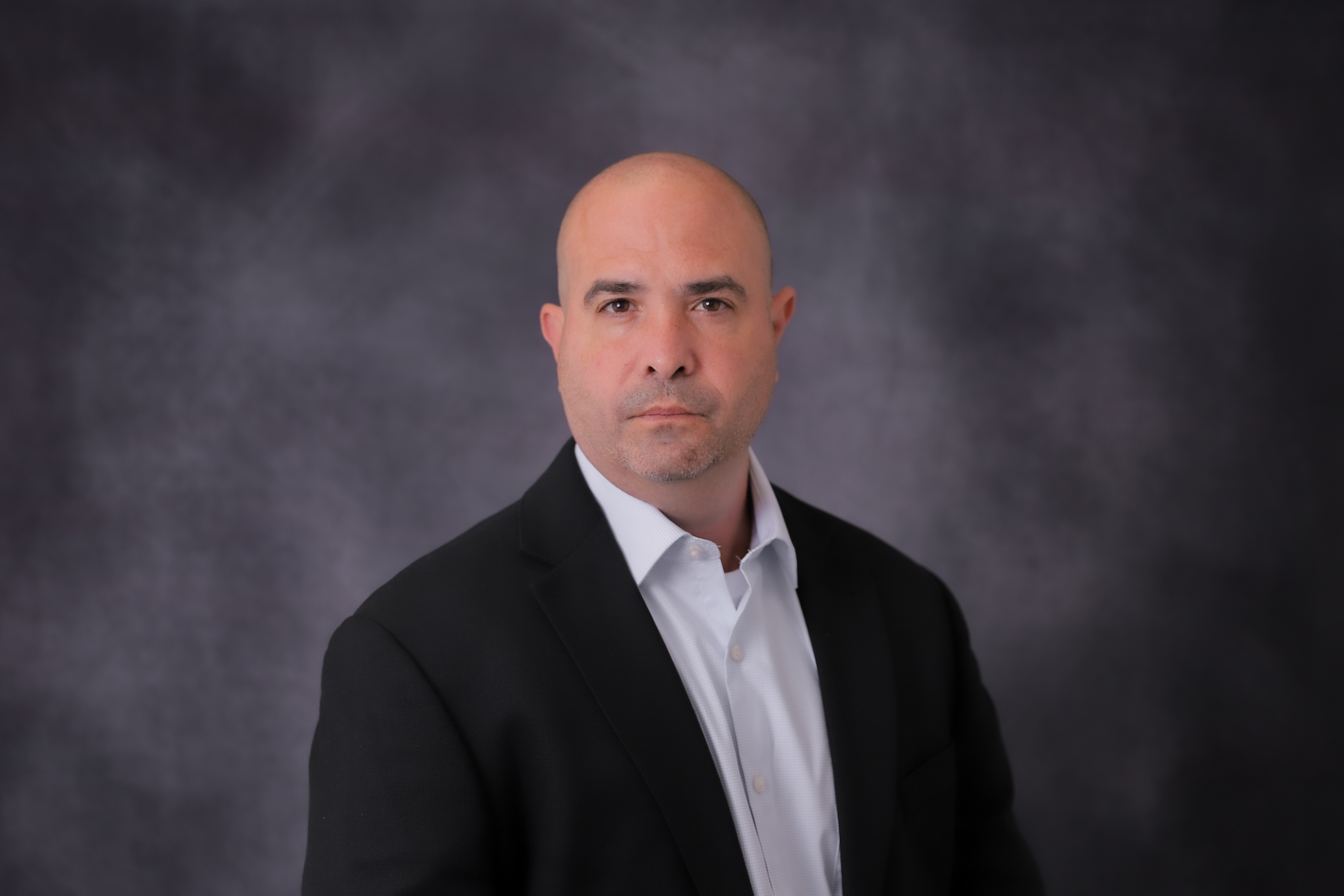Culture, the strategy sustained by talking, not telling
The most revealing part of Bentley Laytin’s leadership story is its breadth. Over the course of his career, he has led teams in the field, overseen large regional operations, set strategic priorities, and worked on technology-driven initiatives. That range of experience has shaped a clear view of what truly drives performance in complex organizations. It is not dashboards or process charts. It is trust, built through consistent recognition and genuine attention to people.
�Laytin has seen how small, deliberate actions can strengthen a company as it grows. A moment of acknowledgement offered at the right time is what holds a culture together as teams expand and operations become more complex. Trust is created, which encourages people to stretch into new responsibilities, support one another, and embrace change.
�This focus on people is a practical approach to scale. It is how Crawford & Co. �

sustains performance while adapting to new challenges and why Laytin believes the heart of any company is not its structure but the moment a manager looks someone in the eye and says, I saw what you did, and it mattered.
Recognition as practice, not formality�For Laytin, recognition is not an occasional gesture. It is a daily discipline that reinforces what matters inside a large organization. The goal is not to just hand out awards or wait for annual reviews but to make appreciation specific, personal, and consistent.
�“Top quality promptly” is more than a motto for Laytin; it’s a principle that connects recognition, mentorship, and performance. It means treating every document, email, and interaction as a reflection of the company’s best effort.�
Spotlight
Crawford has nearly a century of experience in the global loss-adjusting space, with over 10,000 employees in over 70 countries. We are the largest publicly listed independent provider of claims management and outsourcing solutions globally. The world's top insurers, brokers, and industry-leading companies trust Crawford to adjust and manage their most complex accounts and claims. Wherever and whenever losses occur, Crawford taps into its vast network of employees and colleagues to form a customized, rapid-response solution with the appropriate level of experience needed for the most challenging scenarios.
Company Profile

50%
Board representation of minorities and women
57%
Proportion of women across the company
10,000+
Employees across the globe
14%
Black & African-American U.S. employee representation
$18B+
Claims managed annually
Bio
Spotlight
Milestones
Media
Accolades
Company Profile
fast FACT
A die-hard sports fan cheering on the Oklahoma Sooners and UConn Huskies
Tenure
“I’ve been in leadership for 25 years”
career highlight
“The last 10 years of my career, which have allowed me to focus on strategy, innovation, transformation, and customer solutions, have been extremely fulfilling”
Bentley Laytin
Senior vice president, strategy and transformation, Crawford & Co.
Crawford’s Bentley Laytin shows how attention to people, not dashboards, builds the trust, recognition, and momentum large insurers need to scale
Read on


“We’re a big company. It’s easy for the small things to be overlooked. I make it a point to make sure people know they’re appreciated, because that’s what builds culture”
Bentley Laytin,
Crawford and Co.

Share




Karen Adams
President and CEO at Fundserv
Before becoming CEO of Fundserv, Karen Adams held a variety of leadership roles around the world – and she learned that listening and understanding are key to both providing service and developing talent
Read on

Share






Share

Karen Adams
President and CEO at Fundserv
Career highlight
Before becoming CEO of Fundserv, Karen Adams held a variety of leadership roles around the world – and she learned that listening and understanding are key to both providing service and developing talent
Read on




IN Partnership with

In Partnership with

In Partnership with













2000
2005
2009
2010
2019
2022
First leadership position – claims supervisor
2000
Promoted to branch manager
2005
Three-time Crawford Circle of Excellence winner (two times in New Mexico, once in Florida)
2009
Western regional manager
2010
Chief operating officer, Field Pros Direct
2019
SVP, strategy & transformation, Crawford & Company
2022
Milestones
Published Nov 3, 2025
Find out more
Find out more
Contact Us
Specialty
Best in Insurance
Resources
Risk Management
TV
News


US

Copyright © 2025 KM Business Information US, Inc
RSS
Sitemap
Contact us
About us
Conditions of Use
Privacy policy
Terms & conditions
People





Contact Us
Specialty
Best in Insurance
Resources
Risk Management
TV
News


US

Copyright © 2025 KM Business Information US, Inc
RSS
Sitemap
Contact us
About us
Conditions of Use
Privacy policy
Terms & conditions
People






Contact Us
Specialty
Best in Insurance
Resources
Risk Management
TV
News

US
Copyright © 2025 KM Business Information US, Inc
RSS
Sitemap
Contact us
About us
Conditions of Use
Privacy policy
Terms & conditions
People





This can start with something as simple as a phone call. Laytin makes a point of following that gratitude with a deeper question: Why did you do it? The answer, he says, reveals what motivates people and turns an individual act into an example others can follow. It also shows employees that their work is not just noticed but understood.
�Simple gestures like this, or a conversation that remembers the person behind the role, are what hold a culture together as teams expand and operations become more complex. They create the trust that encourages people to stretch into new responsibilities, support each other, and embrace change. “The technical knowledge matters,” Laytin says. “But how you handle individuals matters more.”�
“Change is difficult. You have to communicate why it’s happening and listen to how people feel about it. The ‘what about me’ question matters”
Bentley Laytin,
Crawford and Co.

Laytin recalls employees stepping in to support one another during wildfires or covering a colleague’s client accounts during recovery from surgery without being asked. These choices reflect a deeper culture of care, and acknowledging them reinforces the behaviors that sustain it.
�Recognition can also be a turning point for individual growth. One adjuster, for example, had long avoided handling complex claims, unsure about stepping into that level of responsibility. Through consistent encouragement and acknowledgment of their strengths, Laytin helped them build confidence in their abilities. Over time, that recognition became a catalyst for development, and the adjuster went on to become one of the company’s most trusted experts. �
Even the smallest gestures can have lasting impact. Laytin once handed a golf ball to an adjuster each time they successfully closed a major claim, knowing the token would resonate because of the adjuster’s passion for the sport.
�Recognition also helps large organizations stay grounded as they grow. “We’re a big company,” Laytin says. “It’s easy for the small things to be overlooked. I make it a point to make sure people know they’re appreciated, because that’s what builds culture.”
�Mentorship and the value of being surpassed�Laytin encourages leaders to surround themselves with people who �
challenge them and to view being surpassed as a sign of success, not a threat. Many of his former colleagues have gone on to become company presidents or senior executives, which he sees as proof of a collaborative culture that prioritizes shared growth. “We’re all in it together,” he says. “When someone surpasses you, that’s success.”
Mentorship, for Laytin, also means creating conditions where others can lead. He engages employees directly in shaping new initiatives, ensuring that change is something they build rather than something imposed on them. By consistently recognizing employee contributions, he reinforces a cycle where development and recognition fuel one another.
�When he first stepped into a supervisory role, he found himself leading a team older and more experienced than he was. The challenge forced him to rethink what leadership actually means. “Becoming a supervisor was the most challenging transition,” he recalls. “I was younger than most of my team, so gaining their respect wasn’t something I could assume. I learned quickly that leadership isn’t about knowing more than the people you lead. It’s about culture, listening, understanding your employees, and being agile and supportive. The technical knowledge matters, but how you interact with individuals matters more.”
Leading change around people, not processes�Laytin’s focus on strategy runs deeper than new tools or dashboards. He sees data and analytics as powerful guides, but only if they serve the people using them. Much of his work is about shaping initiatives that push Crawford forward while staying grounded in how change is experienced on the ground. “Change is difficult,” he says. “You have to communicate why it’s happening and listen to how people feel about it. The ‘what about me’ question matters.”
�This balance is particularly important in large organizations, where communication gaps can widen quickly and digital channels can dilute intent. Communication itself becomes part of the strategy. Laytin is mindful of how easily tone can be lost in email and how quickly misunderstandings can spread in large organizations. “Emails can be taken out of context,” he says. “So learn email etiquette and whenever you can, talk to people directly.”
�For insurers grappling with how to scale without becoming impersonal, Laytin’s leadership offers a model. Recognition and mentorship are not peripheral to performance; they are the mechanisms that sustain it. Listening and personal connection are not at odds with innovation; they make it work. And culture is not something to preserve once growth is achieved. It is the tool that makes growth sustainable in the first place.��

1997
1998
2005
2014
2020
Today
RPS formed as an independent wholesale broker of specialty insurance products with just four employees and two carrier partners
1997
RPS completed its first mergers and entered the MGA business, eventually growing to become the largest US Lloyd’s coverholder/MGA in the US
1998
RPS entered the program administration business and reached $1 billion premium placed annually
2005
RPS launched a streamlined online quote-bind-issue platform. Today, the platform offers more than 20 products available to quote-bind-issue in five minutes or less
2014
RPS’s unique program offerings formalized under a single identity, RPS Signature Programs. Today, they offer more than 40 exclusive programs
2020
RPS is one of the largest specialty insurance distributors in the US, and boasts nearly 3,000 employees across 80+ offices
Today
Milestones

1997
1998
2005
2014
2020
Today
RPS formed as an independent wholesale broker of specialty insurance products with just four employees and two carrier partners
1997
RPS completed its first mergers and entered the MGA business, eventually growing to become the largest US Lloyd’s coverholder/MGA in the US
1998
RPS entered the program administration business and reached $1 billion premium placed annually
2005
RPS launched a streamlined online quote-bind-issue platform. Today, the platform offers more than 20 products available to quote-bind-issue in five minutes or less
2014
RPS’s unique program offerings formalized under a single identity, RPS Signature Programs. Today, they offer more than 40 exclusive programs
2020
RPS is one of the largest specialty insurance distributors in the US, and boasts nearly 3,000 employees across 80+ offices
Today
Milestones
career highlight
“The last 10 years of my career, which have allowed me to focus on strategy, innovation, transformation, and customer solutions, have been extremely fulfilling”
Tenure
“I’ve been in leadership for 25 years”
fast FACT
A die-hard sports fan cheering on the Oklahoma Sooners and UConn Huskies
career highlight
“The last 10 years of my career, which have allowed me to focus on strategy, innovation, transformation, and customer solutions, have been extremely fulfilling”
Tenure
“I’ve been in leadership for 25 years”
fast FACT
A die-hard sports fan cheering on the Oklahoma Sooners and UConn Huskies